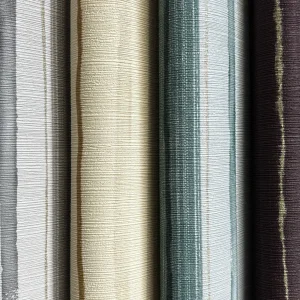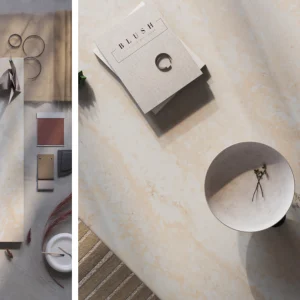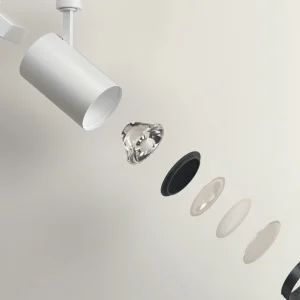The renovation project, which centred on the ceilings, has extensively made use of Armstrong Ceilings’ ceiling solutions that were found suitable in terms of aesthetic and acoustic performance.
Under the project, two main corridors and four lecture rooms at the Herbert Collins building which was built in the 1960s have been modified. Armstrong-approved Omega contractor NFC Contracts, who have worked with the university for years, had a team of two on site for two weeks during the summer holidays.
According to managing director Martin Scevity, a lot of pre-contract work went into the project, as the challenge was using the ceiling systems to visually divide the corridors. It required plasterboard up-stands of varying depths, to hide ducting in one and to separate a walkway from break out/seating areas in the other.
Dune white mineral planks, cut to size, were used in conjunction with the plasterboard up-stand to hide the ducting in the 100m-long corridor that linked the Herbert Collins building with another. Between this and the wall on the other side, concave Ultima canopies were suspended from the blacked-out soffit, alternating with pendant lights and changing to convex canopies where corridors crossed one another.
The shorter but wider corridor outside the lecture rooms has also been divided using a shallow plasterboard up stand across approximately 30% of the ceiling area to separate the walkway from the seating area. Dune white mineral planks were used here with down-lighters.
Over the breakout area, the ceiling comprised two levels of Dune mineral square tiles in a Mountain Blue colour with white Ultima canopies, which feature excellent sound absorption and light reflection, and suspended concave and convex over the lower part of this ceiling area. Each of the four classrooms was treated differently with Graphis mineral tiles, which feature a crisp, plaster-like design and geometric patterns, and Image mineral tiles.





